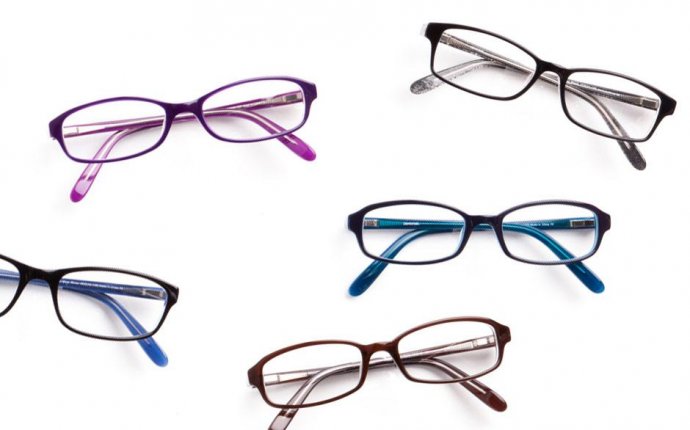
Can you become a pilot with glasses?
One question that I'm often asked is what the vision requirements are to become a pilot or navigator in the United States Military. Each of the services has their own standards:
Air Force
To enter flight training, a candidate must pass a Flight Class I Flying Physical. To become a pilot, that means the candidate's vision can be no worse than 20/70 (correctable with glasses to 20/20) in each eye. To enter Navigator Training, the candidate can have vision no worse than 20/200 in each eye (also must be correctable to 20/20).
After flight school, the standards relax a little. Pilots and Navigators who have already graduated flight training can remain fliers as long as their vision doesn't deteriorate beyond 20/400 in each eye (correctable to 20/20).
Normal depth perception and color vision is required.
Effective May 21, 2007, applicants who have had LASIK eye surgery are no longer automatically disqualified from flight training. See below.
Navy and Marine Corps
The Navy and the Marine Corps use the same standards (The Marines do not have their own medical department. They use the Navy for all medical procedures and standards). Navy Pilots must pass a Class I Flying Physical. To become a pilot in the Navy or Marine Corps, an applicant's uncorrected vision can be no worse than 20/40 (correctable to 20/20) in each eye. Once flight training begins, vision can deteriorate to no worse than 20/100 (correctable to 20/20) in each eye.
After flight training graduation, if the eyesight deteriorates worse than 20/200 (must be correctable to 20/20), the pilot will require a waiver for carrier operations. If the vision deteriorates past 20/400 (correctable to 20/20), the pilot is restricted to aircraft with dual controls (ie, aircraft with co-pilots).
For Navigators (called "NFOs" or "Navy Flight Officers"), there is no vision requirement to enter flight training. However, the Navigator's vision must be correctable to 20/20 and there are limits on refraction. Refraction must be less than or equal to plus or minus 8.00 sphere in any meridian and less than or equal to minus 3.00 cylinder. No more than 3.50 anisometropia. After flight training, to continue on flight status there is no limit on refraction for NFOs. No waivers are authorized for NFO applicants who exceed these refraction limits.
Normal color vision is required for both NFOs and pilots. Normal depth perception is required for pilots and pilot applicants.









